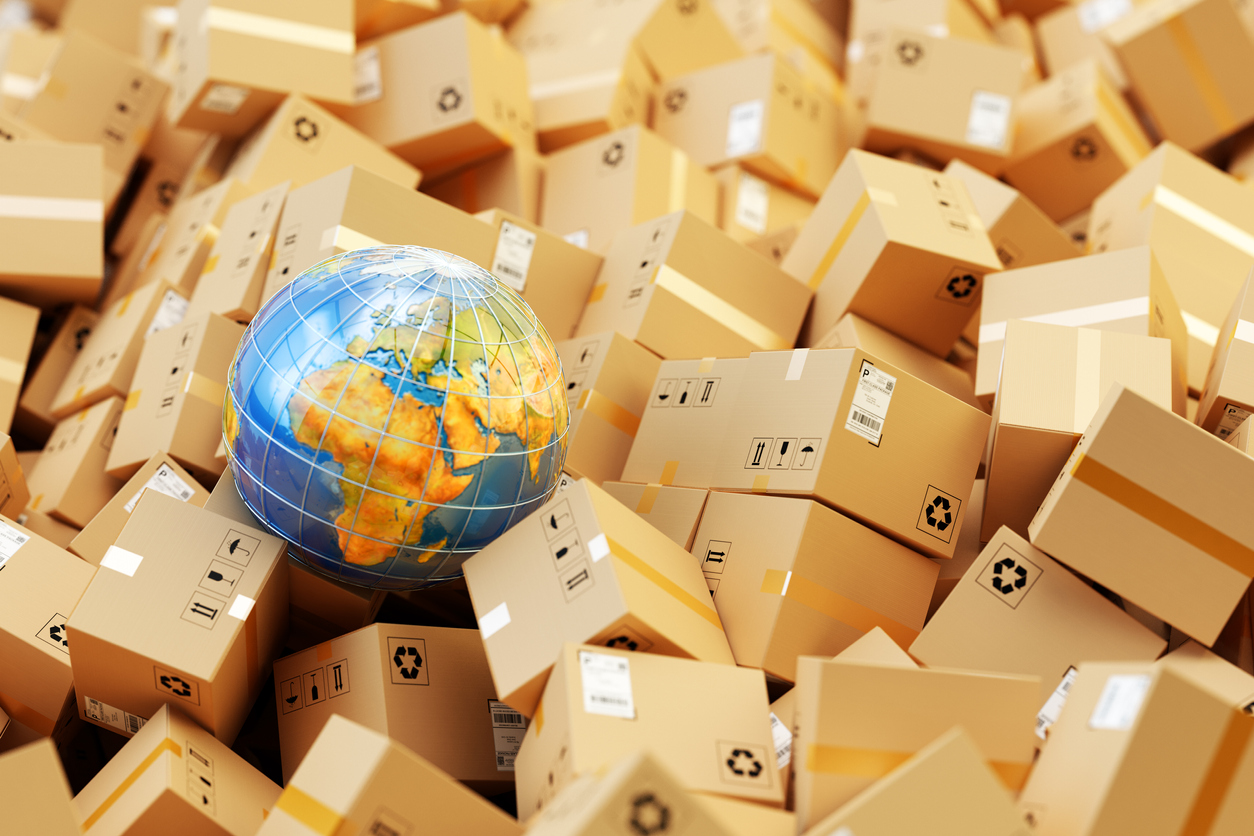
Value-engineered packaging is the process of designing and producing the best possible packaging solution for your product with costs, security, and performance in mind.
Your brand can benefit from redesigning new and existing packaging solutions for a single product or a wide range of products to use less material, optimize costs, and create more branding opportunities.
For many ecommerce brands, packaging is an expense that’s left to the last minute.
Stakeholders often get swept up in the "sexiness" of product development or branding, with packaging being thought about when it’s a little too late. More often than not, the result is an over-sized, over-engineered cardboard box thrown into circulation.
Once a brand has found its footing and continues to grow and scale, cost and price optimization becomes a priority. Once again, packaging is again put in a prime position to be overlooked!
This is where value-engineered packaging can complement your cost-optimization strategies. Your brand can benefit from such a highly-customized packaging product by leveraging economies of scale without sacrificing quality or performance.
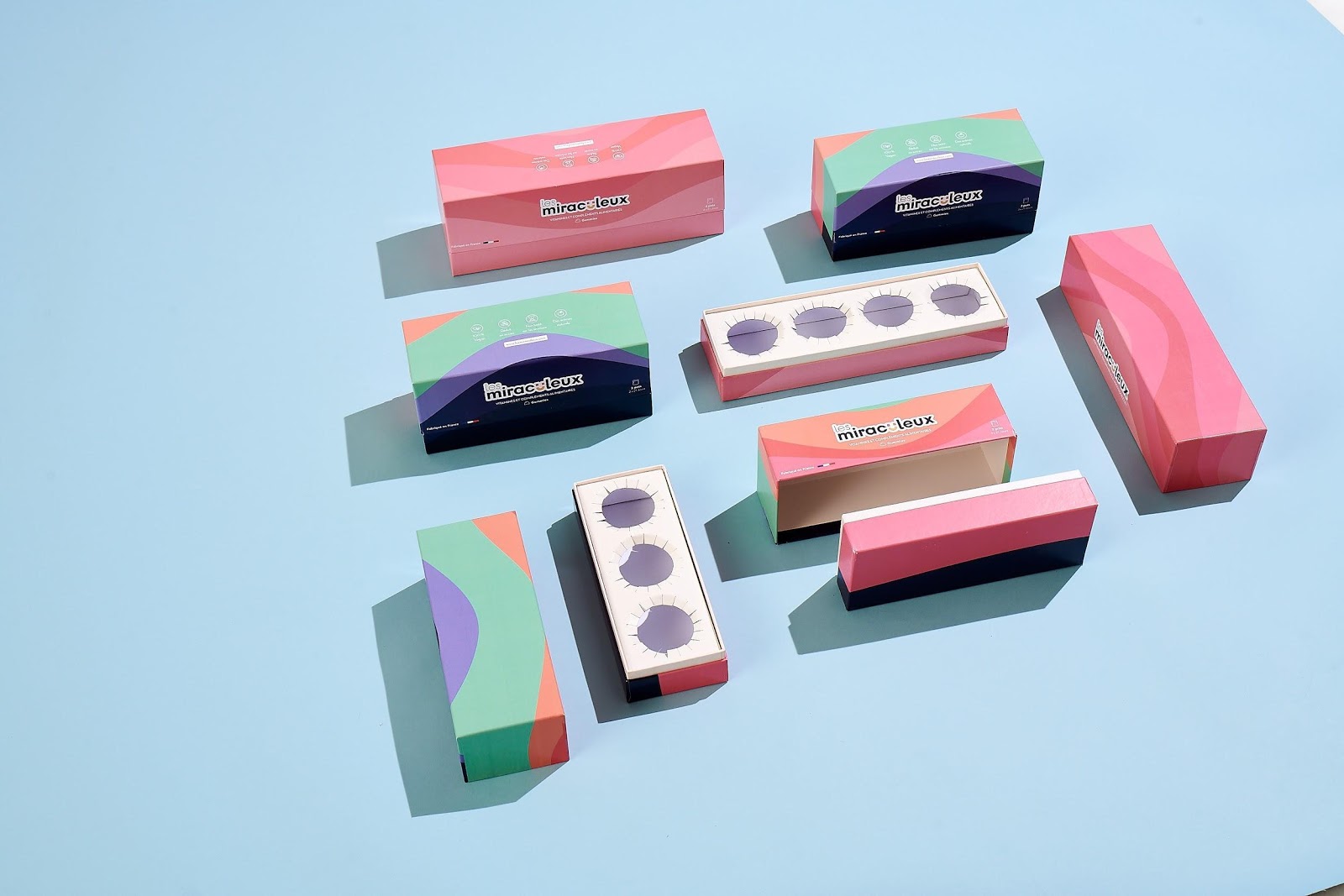
Here’s how:
Off-the-shelf problems
The situation of a new brand launching and leaving packaging to the last minute is probably one you’ve heard of, as is defaulting to the use of a mailer box. While being a practical solution at launch, the standard mailer box isn’t always the best custom packaging solution for growth and expansion.
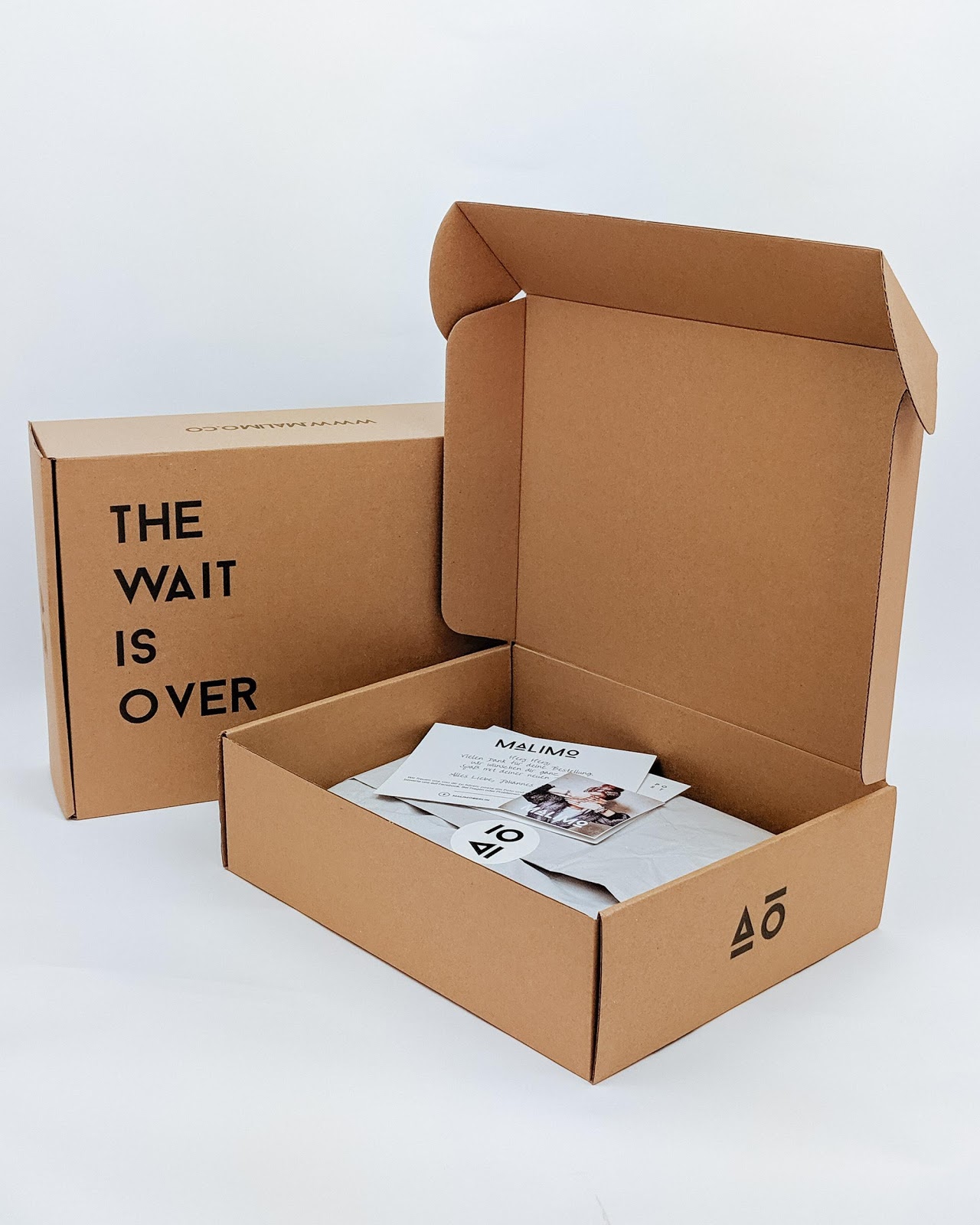
While cost-effective, wasted space and excess weight suck up cash flow while also increasing shipping costs and required storage space.
Not to mention that you don’t know if you’re paying too much for your off-the-shelf packaging. All you know is that it’s priced competitively compared to all the other packaging suppliers on the market.
This is a pretty standard approach to consumables in business. An adequate consumable at a reasonable price means great value, and that’s important — right?
Well, not always.
Taking an engineering approach to your packaging, rather than a value-first approach, you will:
- Find more branding opportunities
- Cut down on wastage
- Create a more efficient fulfillment process
- Lower your packaging costs
Let’s start by looking at the material of your packaging. Again, more often than not, this is cardboard.
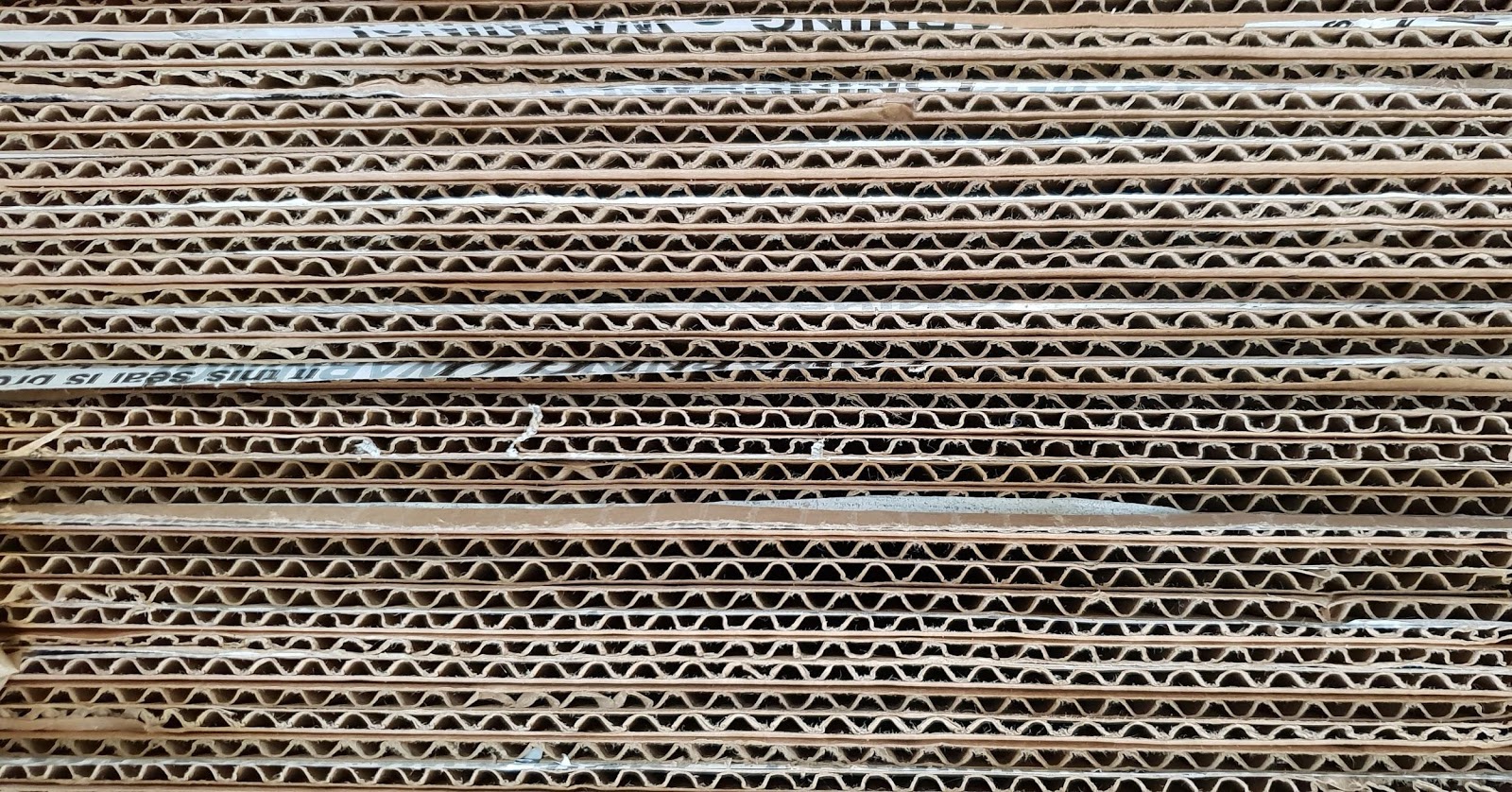
While cardboard may be the option used by similar (and competing) products, it mightn’t be the best material for your product or your brand. All you know is that it’s the best material for the packaging supplier to produce, sell, and profit from.
But there’s a reason we buy eggs in a specifically designed box, rather than in a milk bottle.
The basics of value engineering
You can "value engineer" your own packaging by merely thinking about the best solution for your product. The best solution may very well be a variety off the shelf products, rather than the same solution your competitors use.
Many of the best sock subscription companies rely on cardboard packaging. The name subscription "box" implies a box of goodies delivered to your door every month.
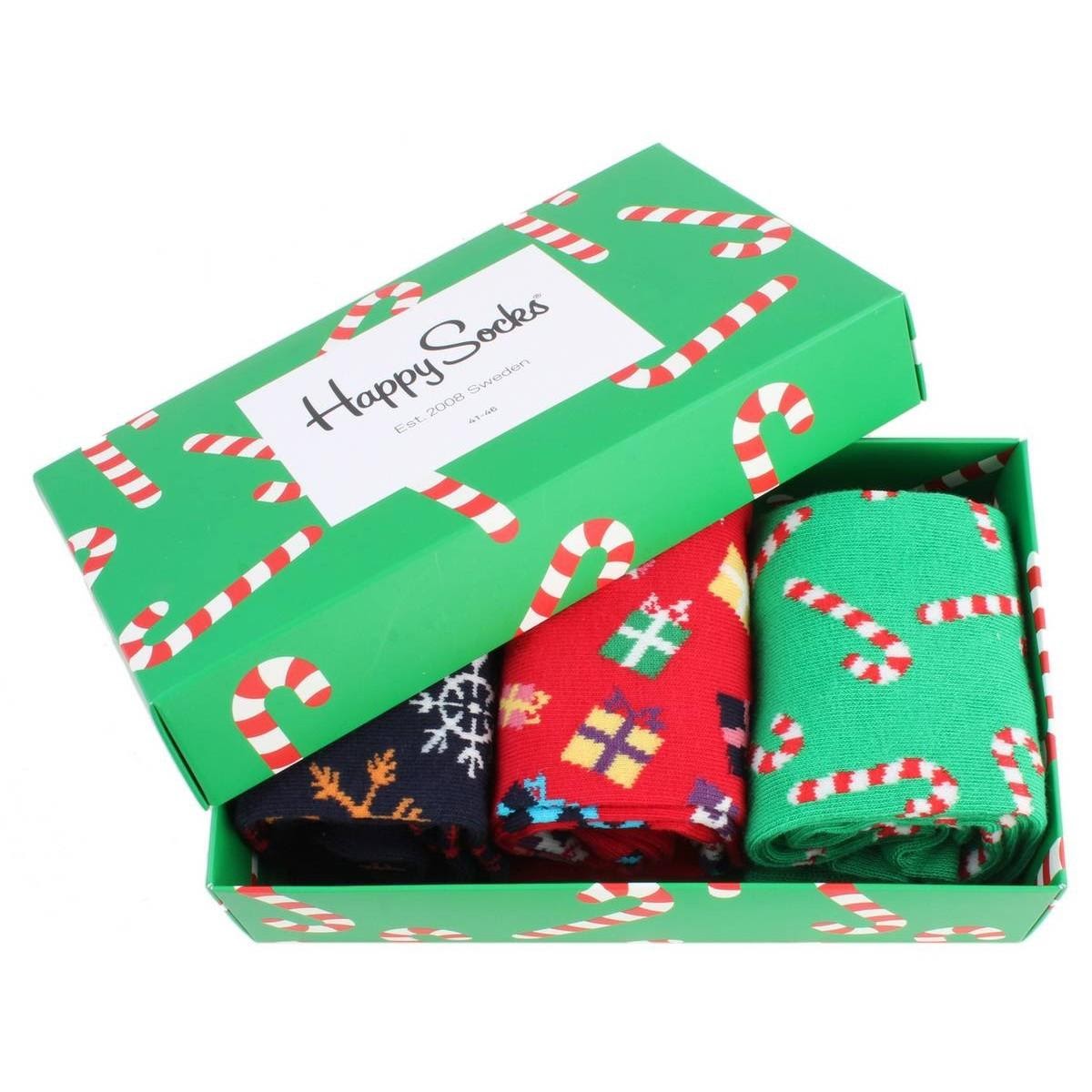
Many of these brands could lower their operating costs by switching to something like a custom-printed mailing bag. These bags present all the same branding options, and, as socks aren’t exactly brittle or breakable, aren’t over-engineered to over-protect the product like a box is.
This is a very basic idea of reassessing your packaging products for both short-term and long-term savings. But let’s take a look at a more complex example.
Consider a brand with a delicate, fragile product such as a pottery company.
A large, double-walled cardboard box with tightly packed void filler to prevent the product from hitting the sides is the standard packaging solution.
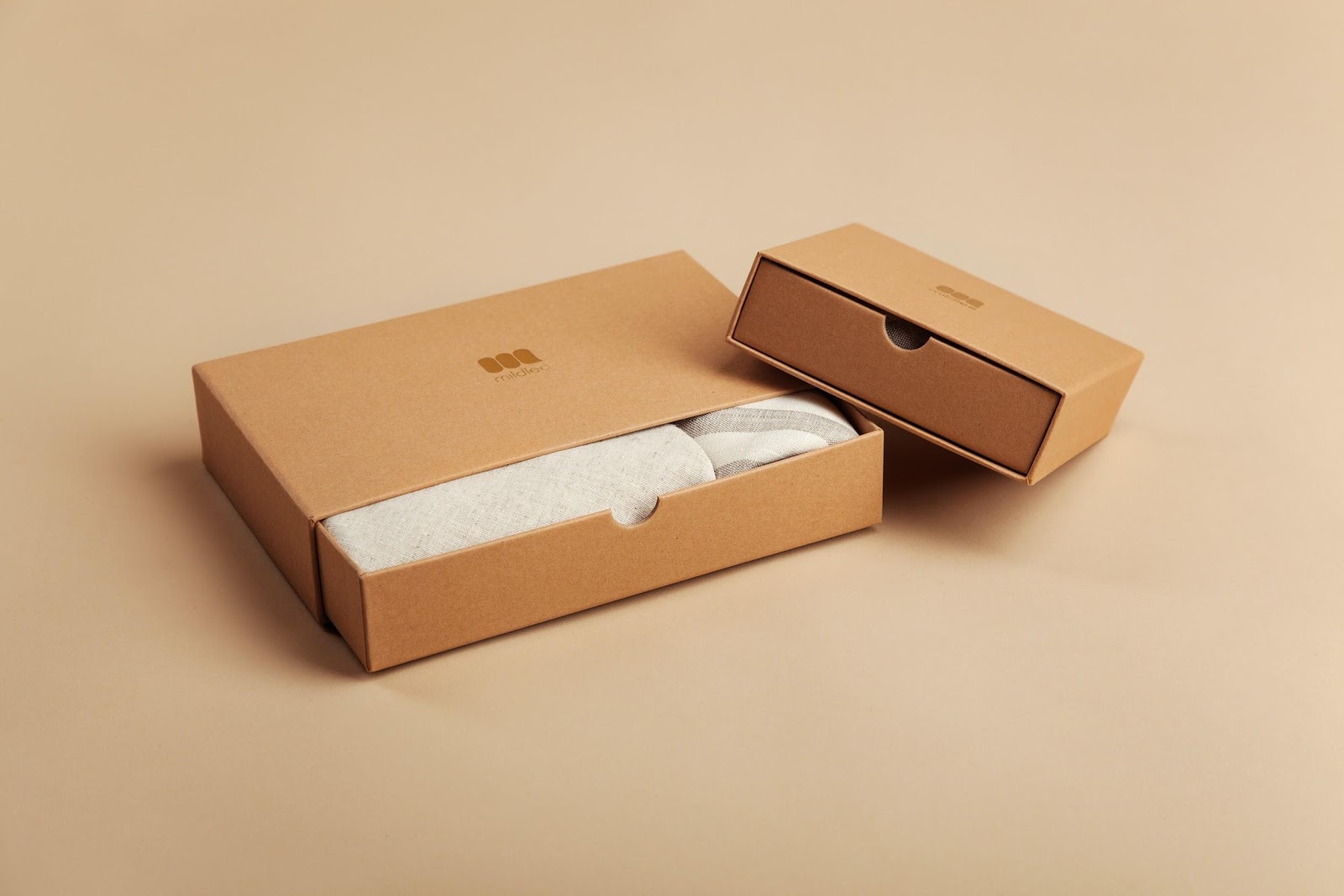
It’s safe, and there’s very little chance of the fragile clay pottery being broken in transit. The double-walled box is readily available in a wide range of sizes, as is the bubble wrap, wood wool, packing paper, or another form of void filler.
However, single-walled postage boxes placed inside the same custom postal bags mentioned earlier, with custom-made inserts do an even better job.

A custom insert, designed by a packaging engineer ensures that the product doesn’t move at all while in transit. The insert eliminates the need for both the thick, double-walled cardboard box, as well as the wood wool.
It’s the role of your experienced packaging engineer to not only design your ideal packaging but find cost-savings at scale.
What is a packaging engineer?
A packaging engineer, or packaging consultant, is your connection to an effective tailor-made packaging solution. They’re a qualified and experienced engineer familiar with material technology, physics, design, and manufacturing.
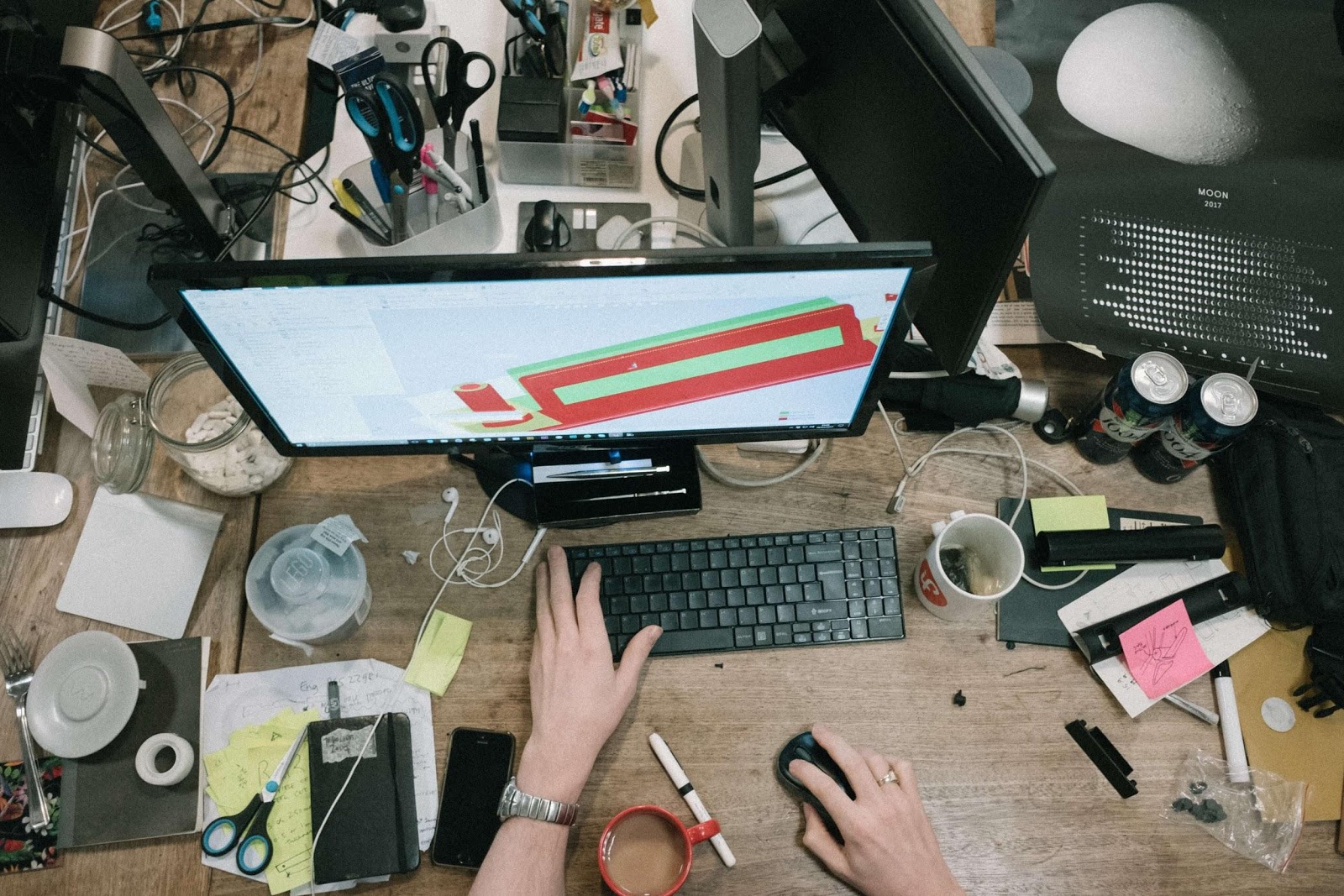
An engineer uses their experience to design, create, and produce the ideal packaging solution for your product. Most importantly, they do this while considering your supply chain, fulfillment process, and business goals.
A packaging engineer can identify when packaging is over-designed or over-engineered, as is the case with many off-the-shelf packaging solutions; yet another example of how a packaging engineer can keep more money in your back pocket in the long run.
For manufacturing processes beyond just packaging, such as injection molding, particular engineering aspects are crucial. One such aspect is the importance of controlling the parting line in injection molding to ensure product quality and reduce production costs.
Lower per-unit costs
The most common way to get started with value-engineered packaging is to audit your existing packaging products or packaging products most commonly used in your industry.
Materials, manufacturing, end-of-lifecycle, and shipping methods are all taken into account, and cost savings are found by assessing the performance of "standard" products in these fields.
For example, a single layer of durable packaging may remove the need for both primary and secondary packaging. A single packaging product for a single SKU means lower per-unit costs, as well as more space in your warehouse (more on that later).
Packaging rationalization
What’s even better than one packaging product for a single SKU? A single packaging product for multiple SKUs.
This is called packaging rationalization and a powerful way to lower your packaging costs without sacrificing security or performance.
As packaging rationalization requires developing a packaging MPV for each SKU, it can be hard to implement. It’s a time and labor-intensive process. Still, the result (an amalgamation of all these packaging MVPs) is guaranteed to outweigh initial costs.
Some other benefits of packaging rationalization include:
- Fewer packaging product SKUs
- Packaging supplies take up less space on warehouse shelves
- Savings made by buying higher volumes
- More efficient inventory management
- More accurate demand forecasting
Value-engineered packaging also has indirect savings, as you’ll see below:
Indirect savings from value-engineered packaging
Warehouse space is critical for any fulfillment and dispatch department. Warehouse space is also often incredibly hard (and expensive) to get more of. Therefore optimizing this space is the most fundamental step to efficient warehouse management.
Ensuring that your packaging can fit into your available warehouse space or even within the cubic space of a standardized pallet is a surefire way to make packaging and warehouse space work together.
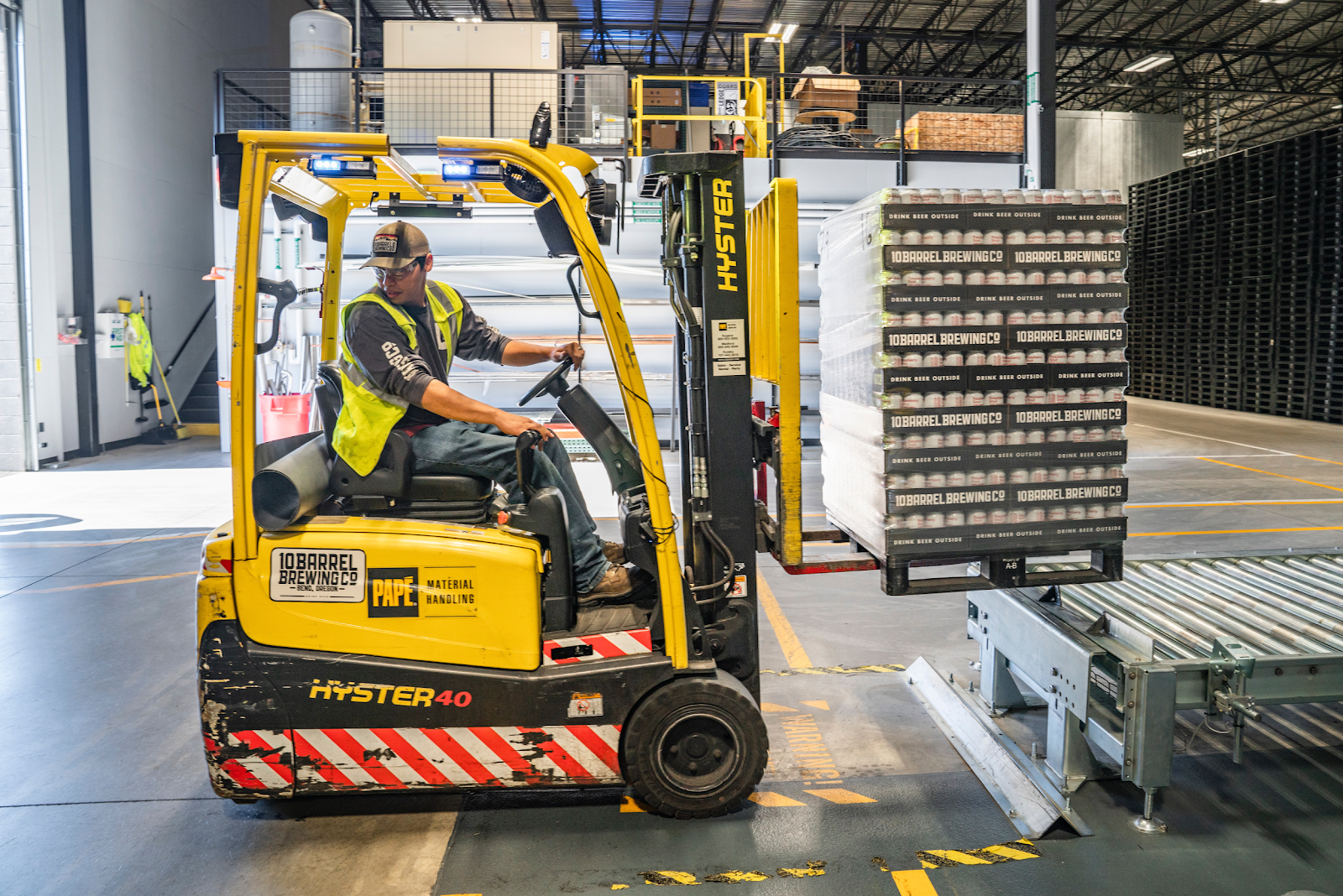
And your warehouse space is something that your packaging engineering can use to influence your packaging design.
- Can your packaging hang over the side of a pallet?
- Can your packaging be made of multiple pieces, spread out over several pallets?
- Is your packaging assembled by hand or machine?
- How long does your packaging usually sit on warehouse shelves?
When any raw resource, packaging or otherwise, can be stored more efficiently, you’re privy to more free space. This open space can be used to leverage the economies of scale and buy higher volumes, thus helping your brand scale quicker or function more efficiently.
Value engineering & sustainability
Many ecommerce and D2C brands are now built on sustainability as the core driving force for what they do. This is a sentiment shared by consumers, too, as more consumers say they’re willing to change their preference for a brand with eco-friendly packaging.
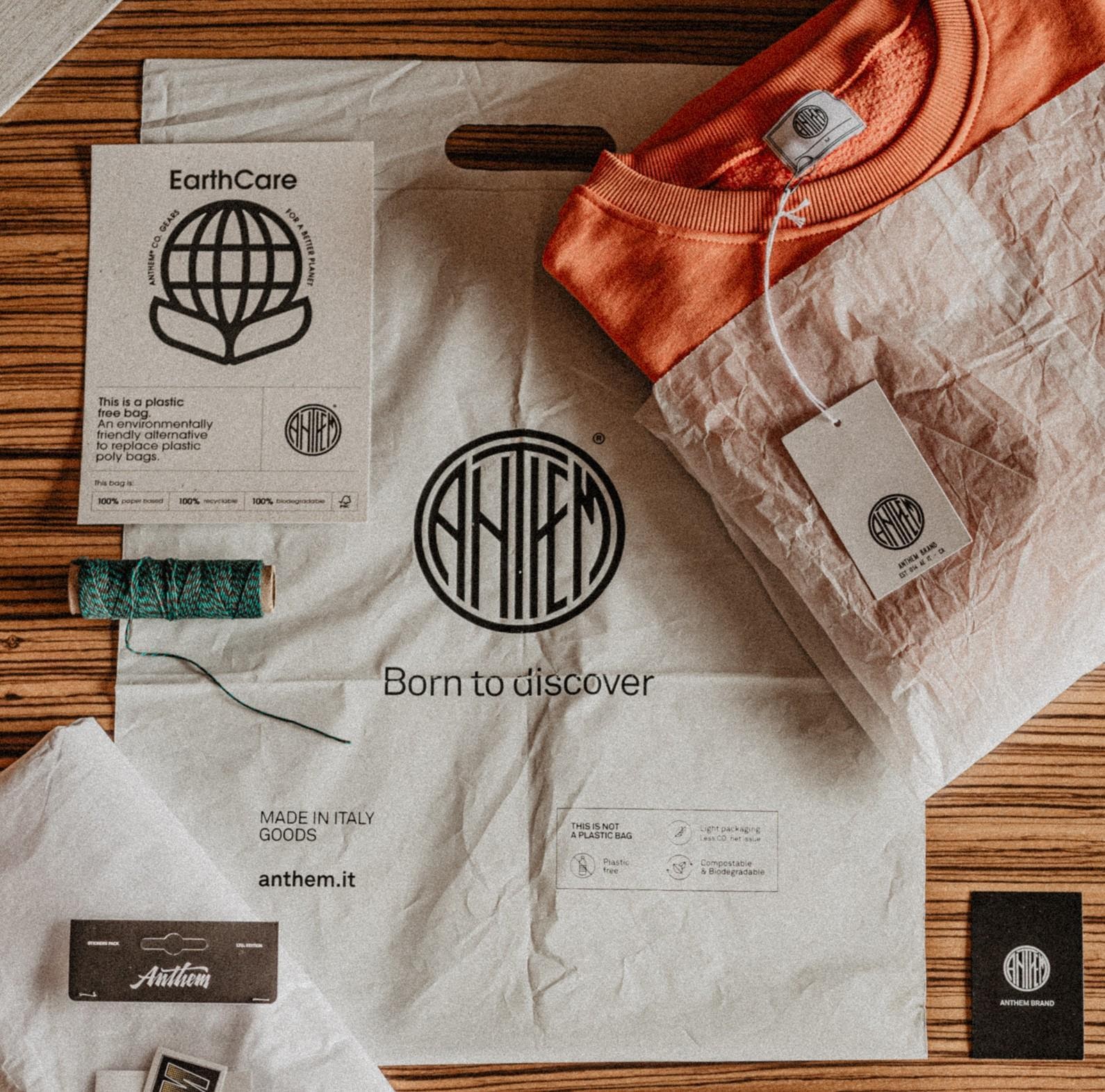
Long story short, more people want eco-conscious products, and they want them to come in just as eco-friendly packaging.
But for many brand owners, "eco-friendly packaging" invokes the use of cutting-edge materials technology, a compromise on security, or a sky-high cost that’s passed on to the customer.
But that’s nothing more than over-complicating the process, and arguably greenwashing, too. Eco-friendly packaging can be as simple as using a cardboard tube rather than single-use plastic packaging.
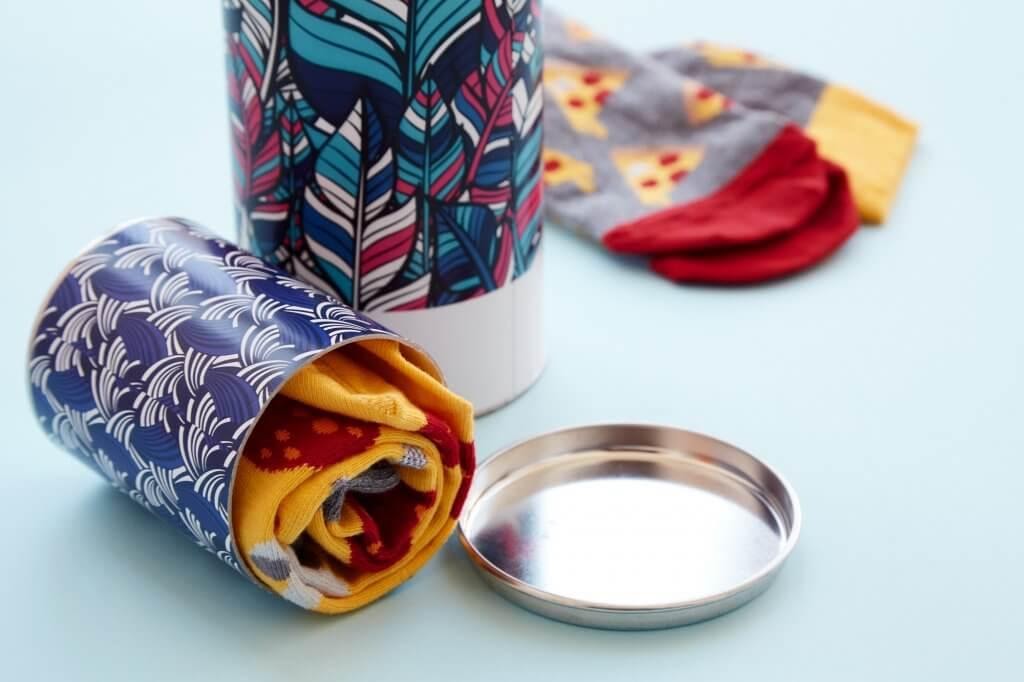
For many small to medium brands looking to grow and scale, the gateway to effective, sustainable packaging is using less and using only what’s necessary.
And that’s exactly what value-engineered packaging is.
Designing a packaging solution from the ground up is the best way to use only what’s necessary. Should the use of a cutting-edge material be critical to your brand, then your packaging engineer can work this material into your design.
Level-up your image
For high-end luxury brands or brands based on product quality, attention to detail, and going above and beyond is paramount to a good image.
That’s why Ikea’s whiskey glasses come packaged like this:
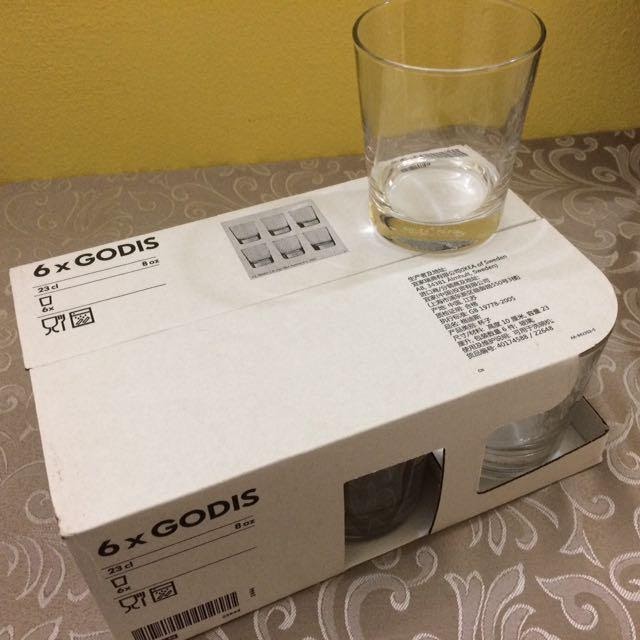
And Norlan whiskey glasses come packaged like this:
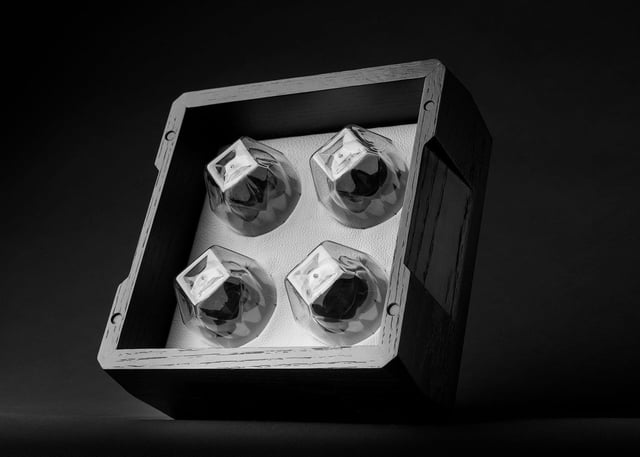
Packaging that’s made from the ground up specifically for your brand pushes that high-end, luxury unique selling point. It says that you pay attention to the things that apparently don’t matter because, to your product (and therefore your customer), they do matter.
The very idea that your brand opts for a packaging solution made specifically for your product says that you don’t settle for what’s adequate, which resonates with a consumer that has the same sentiments. Yes, a generic option would suffice, but there’s nothing generic about your brand.

These are values echoed by high-end brands the world over, from Bugatti to Louis Vittiuon, Herman Miller to Hennessy. And it’s doubtful that you’d get your new Cartier watch in a simple plastic bag.
Value-engineered packaging case study
Raylo is a UK-based subscription box concept that delivers users a new iPhone at an affordable price. Customers order a new phone and return their old iPhone, with the old one put into lower-income communities. The result is more people connected and fewer phones disposed of - social and environmental good.
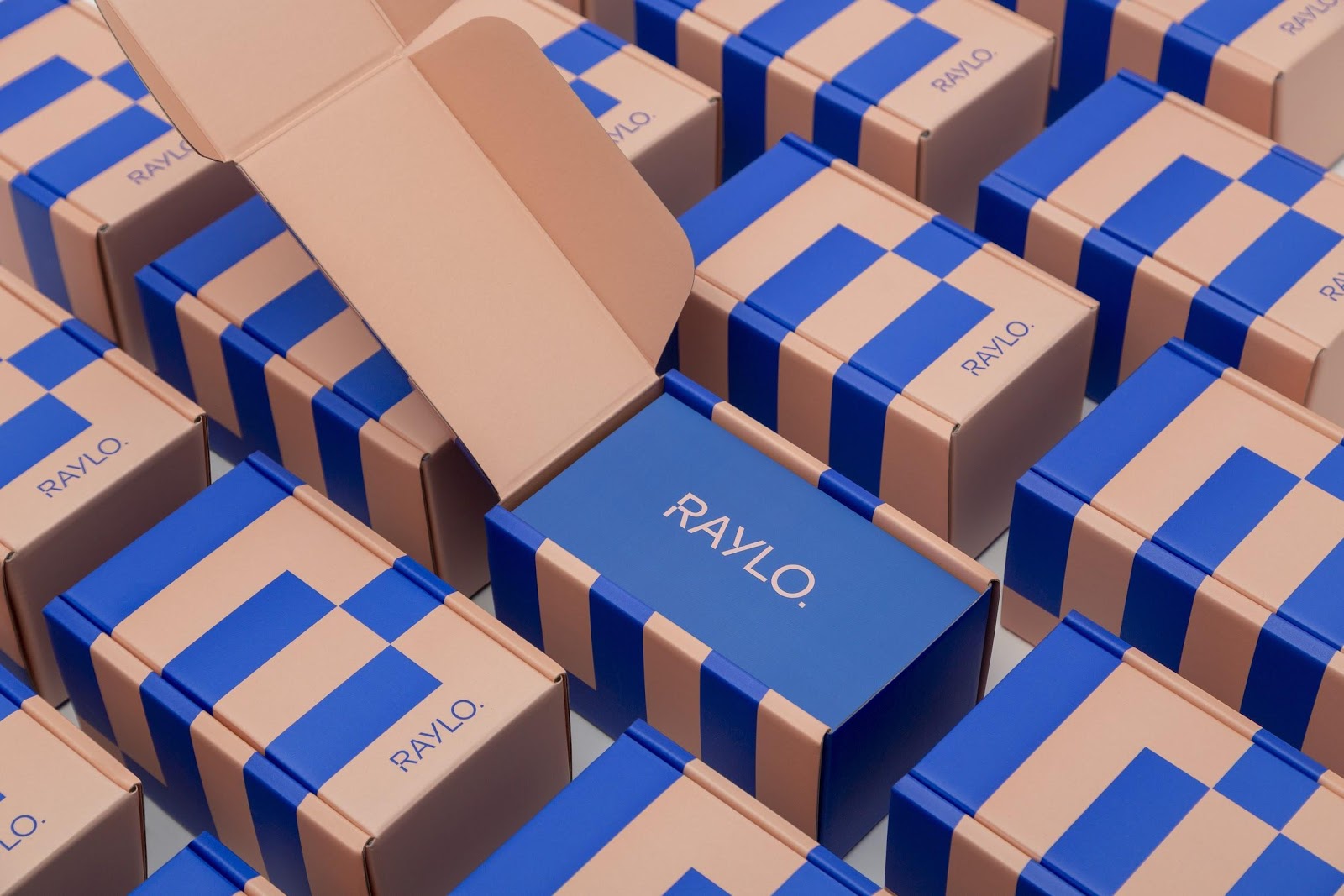
The brand is based on reselling products of other companies - Apple, and compostable phone cases from Pela. This meant that any branding opportunity that Raylo had needed to be maximized.
Raylo needed a packaging solution that was:
- Shipping-friendly
- Optimized for sending back an old phone
- FSC-certified to fit their sustainability model
- Easy to assemble
- Effectively branded
Off-the-shelf mailer boxes ticked all the above boxes (pun intended), although the ‘ideal’ size left way too much internal space to fill. Packaging engineers started from scratch using a standard mailer box as the template for an ideal solution.
Initial prototypes found that the triple layer of cardboard was too heavy for the required purpose and too difficult to fold. Two corrugated cardboard layers solved the problem, and a 25% reduction in glue complimented the already FSC certified cardboard.
A custom insert was incorporated into the flat-pack design meaning fewer assembly steps and no need to fold an additional insert. The entire solution is printed in the brand’s colors, creating an unboxing experience owned by Raylo rather than Apple.
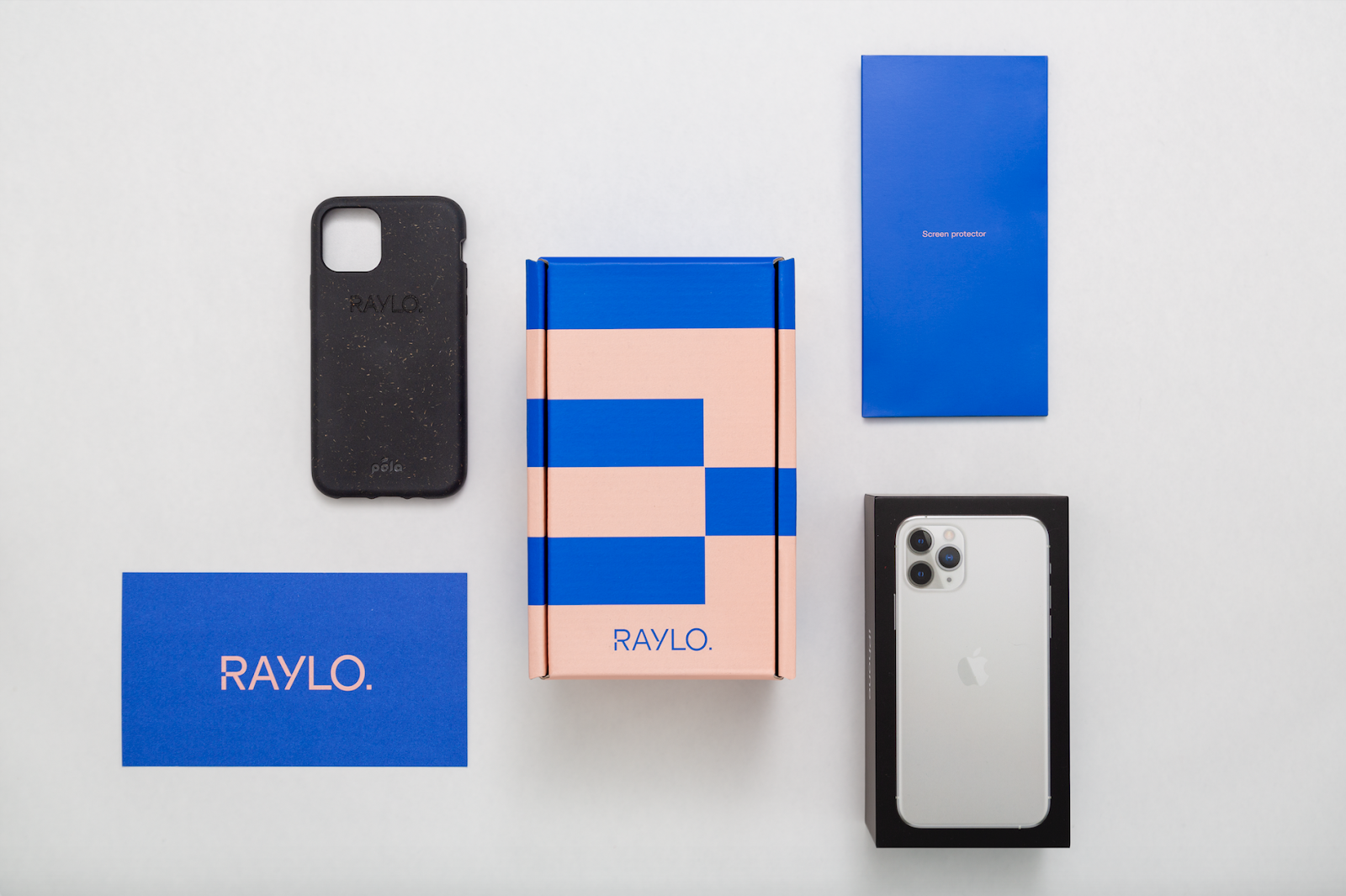
The result was an 11% decrease in packaging costs and a 21% decrease in overall packaging weight than the off-the-shelf option.
Conclusion
Packaging is so often overlooked as an area to save costs.
But the truth is that it’s one of the most potent areas of your business to save money. By working with a professional to design value-engineered packaging, you’ll lower on-going costs, save space in your warehouse, and make it cheaper to deliver your products all over the world.


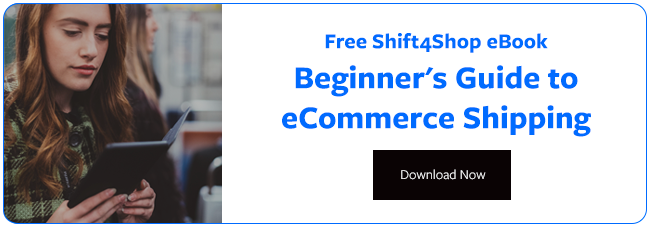


Leave a reply or comment below